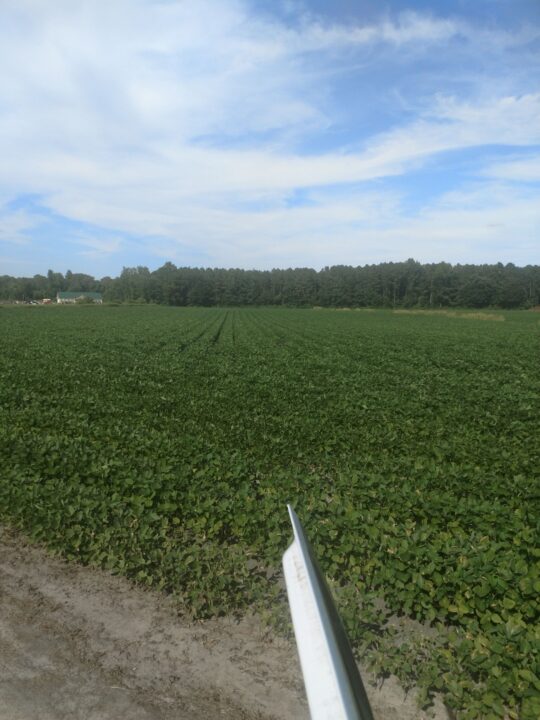Biological Products: A Safe, Effective, and Sustainable Option for Farmers
One of the best attributes of biological products, including biostimulants and biofertilizers, is their minimal risk to human health or the environment when used as directed. Consequently, many biostimulant and biofertilizer manufacturers were a little surprised by Trevor Suslow’s column in the June 2021 issue of American Fruit Grower® magazine where he warned growers about “potential food safety risks associated” with such products.
A close reading of Suslow’s column reveals that he is not actually criticizing biostimulant or biofertilizer products. He notes that these “products are and can be used safely.” He also goes on to explain: “Most of the time, the known or suspected source of contamination was a tank mix with contaminated surface water ….”
The Biological Products Industry Alliance (BPIA), the industry association that represents biopesticide, biofertilizer, and biostimulant product manufacturers and distributors, agrees that use of untreated surface water in tank mixes including biological products with formulations that may contain ingredients that support pathogen growth should be avoided, says David Hiltz, Director of Global Regulatory Affairs at Acadian Plant Health and Co-chair of BPIA’s Biostimulant Innovation Committee (BIC).
SUSTAINABILITY A PLUS
Another important and eco-friendly aspect of biostimulants and biofertilizers is their sustainability benefits, including enhanced nutrient utilization and improved soil health. Today, every link in the value chain is searching for more sustainable solutions to meet growing demands from consumers. Biostimulant and biofertilizer products offer an improved pathway to increased yield, improved plant tolerance to abiotic stress, and enhanced crop quality.
The Sustainability Consortium, an independent organization dedicated to using the best available science to make products better and more sustainable, has specifically recognized biostimulants as a way to reduce the need for creating new agricultural pro-duction acres through deforestation and other land conversions.
The EPA continues to work on guidance for plant regulators and claims, including plant biostimulants. In the latest available draft of that guidance, the agency states that biostimulant products, “are becoming increasingly attractive for use in sustainable agriculture production systems and integrated pest management (IPM) programs, which in turn can reduce the use of irrigation water, as well as agrochemical supplements and fertilizers.”
According to Tammy Zimmer, Senior Manager for Regulatory Affairs at Joyn Bio and Hiltz’s BIC Co-chair, “BPIA urges all companies developing biostimulant and biofertilizer products to employ quality assurance practices that identify potential contaminants, including pathogens, heavy metals, and other contaminants in their products.”
Zimmer also clarifies that while biostimulant and biofertilizer companies should be checking for pathogens in their products, BPIA recognizes that it is incumbent on the applicator or the grower to ensure that irrigation water and other components used for tank mixing and application are also free of pathogens or other contaminants.
TIME-TESTED
In 2019, USDA, in consultation with EPA, submitted a report regarding biostim-ulants to the U.S. President and Congress. In the report, the USDA stated: “For decades, farmers have been successfully using plant biostimulant products in agricultural production. Other users including golf course superintendents, landscape professionals, and even homeowners have experienced the benefits that such products can offer. Some versions or categories of plant biostimulants have been in safe and effective use for centuries.”
Although neither Hiltz nor Zimmer are aware of any food recalls in North America related to the use of biostimulants or biofertilizers, both agree that it is in the grower’s best interest to be aware of any inputs that have or can induce pathogen contamination risk and identify practical and effective preventive controls.
“These products are meant to assist growers,” says Hiltz. “But growers need to work with their suppliers to ensure best practices when using these products to pre-vent adulteration,” adds Zimmer.
Biostimulant and biofertilizer products are safe and effective tools when used in accordance with the label. Misuse of any product can potentially create a hazard. Biostimulants and biofertilizers are science-based solutions derived from nature that are specifically intended to help growers increase yield and crop quality in a sustain-able manner, with minimal risk to human health or the environment.










